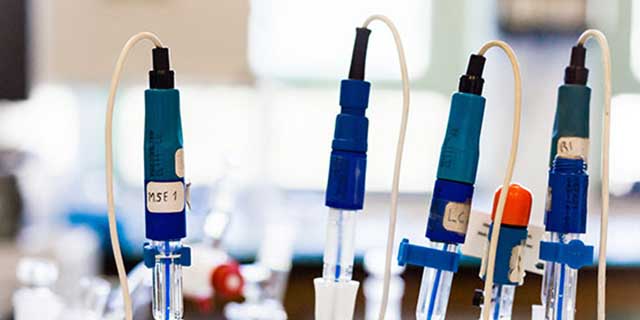We conduct research ranging from fundamental aspects to applied issues on electrochemical deposits. On the growth mechanisms of the first atomic layers, in particular underpotential deposits (UPD), we carry out time-resolved in situ surface X-ray diffraction measurements to detect crystallographic structures and identify species adsorbed with atomic resolution (collab. Institut Louis Néel, ligne CRG-D2AM). From a more applied point of view, in the context of metal recycling by hydrometallurgical means, we are working to optimize deposits from the corresponding salts (purity, compactness, homogeneity...). Finally, part of the activity is focused on magnetic deposits based on abundant metals (Mn/Bi) in an aprotic environment. Indeed, MnBi alloys are materials with strong uni-axial magnetic anisotropy in their hexagonal phase, therefore potentially interesting in the field of high density magnetic recording. We are trying to electrochemically elaborate the hexagonal phase of the MnBi alloy first in thin layers on a carefully chosen substrate, then in the form of nanowires in a nanoporous alumina matrix. However, vacuum annealing is required to obtain the ordered hexagonal phase of the deposit by interdiffusion of the two species. Deep eutectic solvents are used as electrolytes to avoid the formation of hydroxides encountered in acidic aqueous media.
Contacts : Eric Sibert et Eric Chainet
Contacts : Eric Sibert et Eric Chainet



